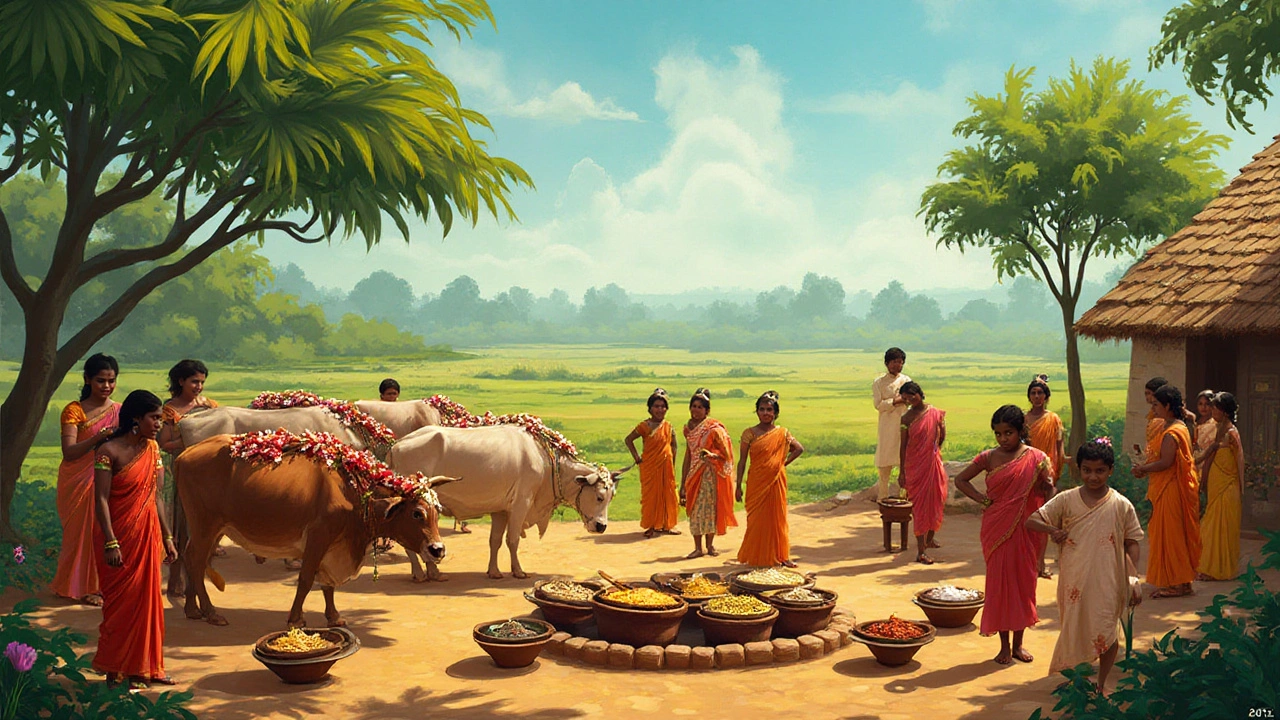Explore Tamil Culture: A Simple Guide
If you’ve ever wondered what makes Tamil culture unique, you’re in the right place. This guide breaks down the most practical stuff you need to know – the language, everyday habits, big festivals, food, and art. No jargon, just clear facts you can use right away.
Everyday Life and Language
Tamil is one of the oldest living languages in the world. People in Tamil Nadu, Sri Lanka, and Tamil communities worldwide speak it at home, school, and work. You’ll hear a mix of formal Tamil for official settings and a relaxed street version when friends chat. Learning a few common words – like "Vanakkam" (hello), "Nandri" (thanks), and "Saapadu" (food) – instantly shows respect.
Daily life revolves around close families and community ties. Evening meals are often shared, and it’s common to see multiple generations sitting together. Respect for elders is expressed by a gentle touch on the head or using polite suffixes in speech. If you’re invited to a Tamil home, bring a small gift and be ready for warm hospitality.
Festivals, Food, and Art
Tamil festivals are colorful and full of meaning. Pongal is the biggest harvest celebration – people cook a sweet rice dish called "Pongal" and thank the sun. Thai Poosam sees devotees carry kavadis (decorated structures) in a display of devotion. Each festival has its own set of sweets, songs, and rituals, so joining one can give you a taste of authentic Tamil joy.
Food is a major cultural marker. Staples include rice, lentils, and a variety of spices. Dishes like "Idli," "Dosa," "Sambar," and "Rasam" are everyday comforts. For special occasions, you’ll find "Chettinad" cuisine with its fiery pepper mixes, and "Mysore" sweets like "Mysore Pak." Vegetarian meals are common, but meat dishes such as "Kerala fish curry" are also enjoyed in coastal areas.
When it comes to art, Tamil Nadu is home to classic dance forms like Bharatanatyam, known for its precise footwork and expressive hand gestures. Carnatic music, with its complex ragas, is another pillar of cultural expression. Temples across the state feature intricate stone carvings that tell stories from Hindu epics, offering a visual history lesson at every turn.
Travel tip: Visiting a temple during a festival gives you the best glimpse of music, dance, and community spirit. Dress modestly, keep your shoes at the entrance, and follow any local customs you see.
In short, Tamil culture blends ancient traditions with everyday warmth. Whether you’re learning the language, tasting the food, or enjoying the festivals, each experience adds a layer to your understanding. So next time you meet a Tamil friend or plan a trip, use these basics to connect, appreciate, and enjoy the richness of Tamil life.
